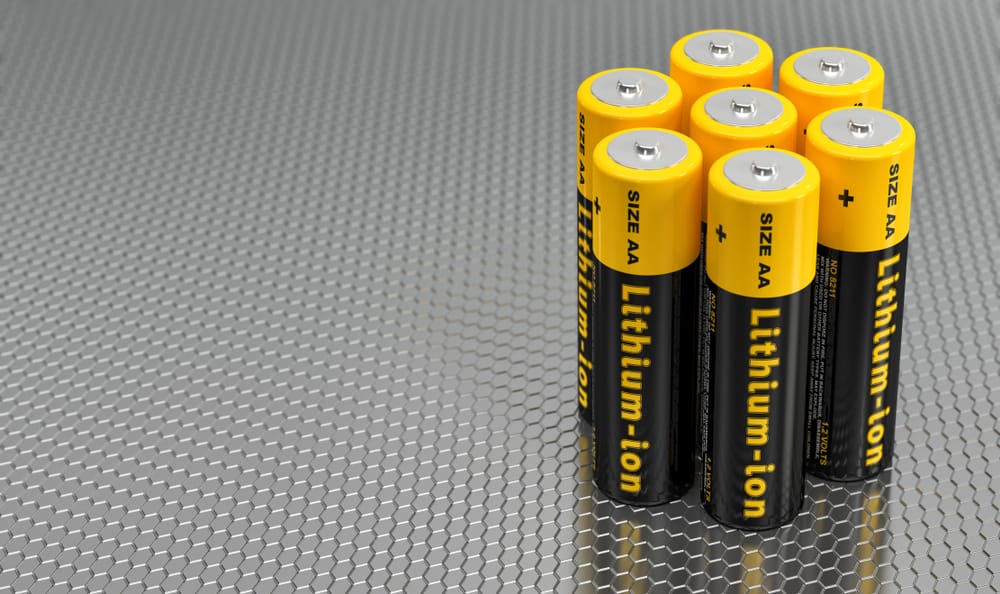The impact of temperature on batteries is often overlooked, but it can be a critical factor in determining the performance of the battery, and the way you should charge it. Understanding the battery voltage vs temperature fight is essential to getting the most out of your batteries, regardless of their type.
In this article, we’re going to explain everything you need to know about the impact of temperatures on batteries, including what effect extreme temperatures have on battery capacity, charging rate, and lifespan.
Table of Contents
- Batteries and Extreme Temperatures
- How Does Temperature Affect Lead-Acid Batteries (AGM, Gel, Flooded)
- How Does Temperature Affect Lithium-ion Batteries (Li-Ion Battery)
- How Does Temperature Affect Nickel-Cadmium (NiCd) Batteries
- How Does Temperature Affect (NiMH (Nickel-Metal Hydride) Batteries
- Conclusion
Batteries and Extreme Temperatures
Batteries are electrochemical devices, meaning that they rely on chemical reactions and battery chemistry to produce electricity. This reaction is affected by temperature, both internal temperature and external.
It means that higher or lower temperatures can impact the battery’s charging rate, capacity, and lifespan. In general, higher temperatures tend to decrease a battery’s capacity, charging rate, and life, while lower temperatures decrease the capacity, but can increase the battery life. However, the impacts of temperature can vary depending on the type of battery.
For example, lead-acid batteries are more sensitive to temperature changes than lithium-ion batteries. This means that they are more likely to be impacted by extremes of heat or cold.
In addition, the impact of temperature on a battery can depend on whether the battery is being used, charged, or stored. For instance, batteries tend to be more affected by temperature when they are being used than when they are lying in storage.
Finally, temperature variations are also a factor to consider. Vast changes in temperatures, from extreme cold to extreme warmth or vice-versa can have a compounding effect on the batteries.
How Does Temperature Affect Lead-Acid Batteries (AGM, Gel, Flooded)
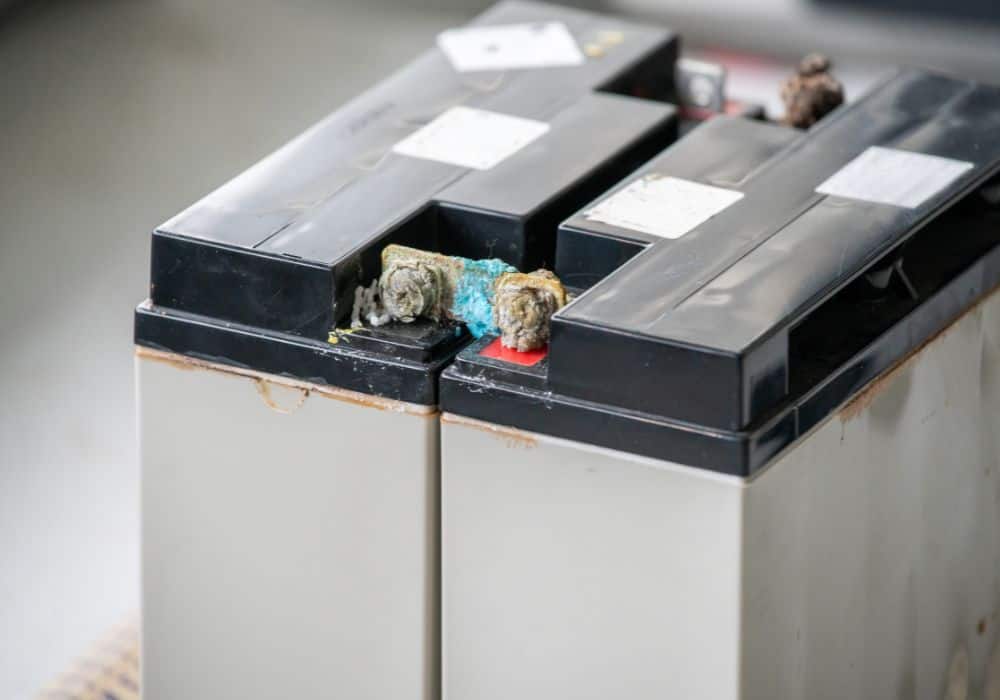
Lead-Acid batteries were invented in 1860 and are one of the most widespread types of rechargeable batteries in the world. Lead-acid batteries are usually used for heavy-duty applications, such as automotive batteries, backup power supplies for UPS systems, golf carts, and motorcycles.
One of the main benefits of lead-acid batteries is their low cost. They are also relatively robust and can withstand deep discharges, making them ideal for use in applications where they may be subject to high loads or extended periods of inactivity.
The biggest drawback of this type of battery is its low energy density (80–90 Wh/L). It also includes lead, which is a toxic substance.
Regardless of these disadvantages, lead-acid batteries are used in automotive applications because they are well suited to providing high current discharge for starting engines.
They are also used in backup power supplies because they can be stored for long periods of time without requiring maintenance.
There are several types of lead-acid batteries, including AGM (absorbent glass mat), gel (gelled acid), or flooded acid. There are some key differences between these variations, but all of them react similarly to extreme temperatures.
Depending on the environmental temperature, some lead-acid battery manufacturers specifically alter the electrolyte strength, making it weaker for hotter climates, and stronger for colder climates.
Charge Rate
Lead-Acid batteries require temperature compensation when charging them in both, colder and hotter environments. The primary reason for this is that changes in temperature affect the chemical reactions inside the battery, as well as the battery’s internal resistance.
When you’re charging a lead-acid battery at a cold temperature, and the temperature of the battery is below 10°C / 50°F) you have to increase the charging voltage.
On the other hand, if the lead-acid battery temperature gets high while charging (30°C / 85°F), you have to decrease the volts.
Capacity
Low temperatures impact the capacity of lead-acid batteries much more than high temperatures. For example, at -15 degrees C, the capacity of the battery is reduced to half of its capacity under the optimal temperature of 25c.
At freezing temperatures, lead-acid batteries have about 75% of their full capacity. You can find a graph and a full table here.
Lifespan
Lead-Acid batteries work the best in room temperature (20-25 C) degrees environments, and every 10 degrees above that decreases its lifespan by about 50%.
How Does Temperature Affect Lithium-ion Batteries (Li-Ion Battery)
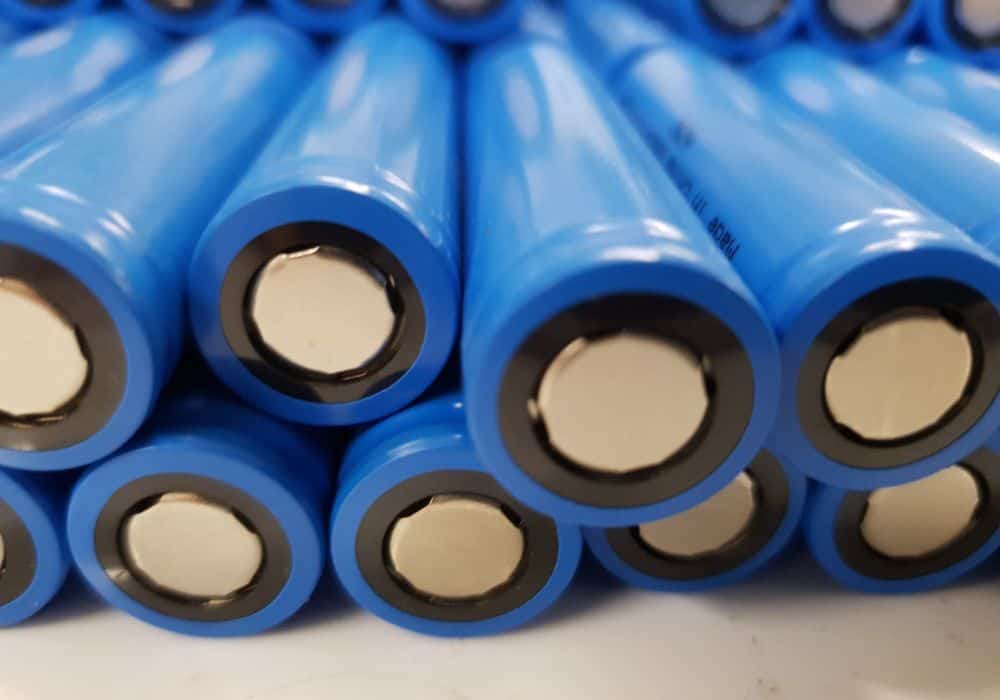
Lithium-ion batteries were invented in 1985, and became commercially available in the early 1990s. Today, they are the most widely used type of battery in the world. Lithium-ion batteries are used in a wide variety of applications, including cell phones, laptops, battery packs, and electric vehicles.
One of the main benefits of lithium-ion batteries is their high energy density (100-265 Wh/kg) This means that they can store more energy than other types of battery, making them ideal for use in applications where space is limited.
Lithium-ion batteries are less sensitive to temperature changes than lead-acid batteries meaning that they are less likely to be impacted by extremes of heat or cold. You shouldn’t worry much if the temperature ranges from 5 to 20c, with 15c being the optimal temperature.
However, the extreme temperature still has an effect on lithium-ion batteries. You should still be careful if the temperature drops below freezing, or if it gets too hot.
Lithium-ion batteries are less sensitive to temperature changes than lead-acid batteries meaning that they are less likely to be impacted by extremes of heat or cold. You shouldn’t worry much if the temperature ranges from 5 to 20c, with 15c being the optimal temperature.
Charge Rate
The most important thing to know about lithium-ion battery charging at extreme temperatures is that you shouldn’t do it at freezing (0°C, 32°F) temperatures. It’s because the diffusion rates on the anode decrease significantly, resulting in highly impractical charging and the degradation of the battery.
At –30°C (–22°F) temperature, the safe charging rate is 0.02C, but it would take tens of hours to charge the battery. You also should avoid charging lithium-ion batteries at temperatures exceeding 50°C.
Capacity
The capacity of lithium-ion batteries is reduced by about 23% when the operating temperature goes from 25C to -15c, and by as much as 98.75% when it reaches -40c. The direct effect of high temperatures on battery capacity is much more difficult to study.
However, in regard to aging, high temperatures seem to degrade the lithium-ion battery’s capacity significantly. One study found that cycling the battery at 85 °C for 25 days straight reduced its capacity by 7.5%, and by 22% when it was cycled at 120 °C.
How Does Temperature Affect Nickel-Cadmium (NiCd) Batteries
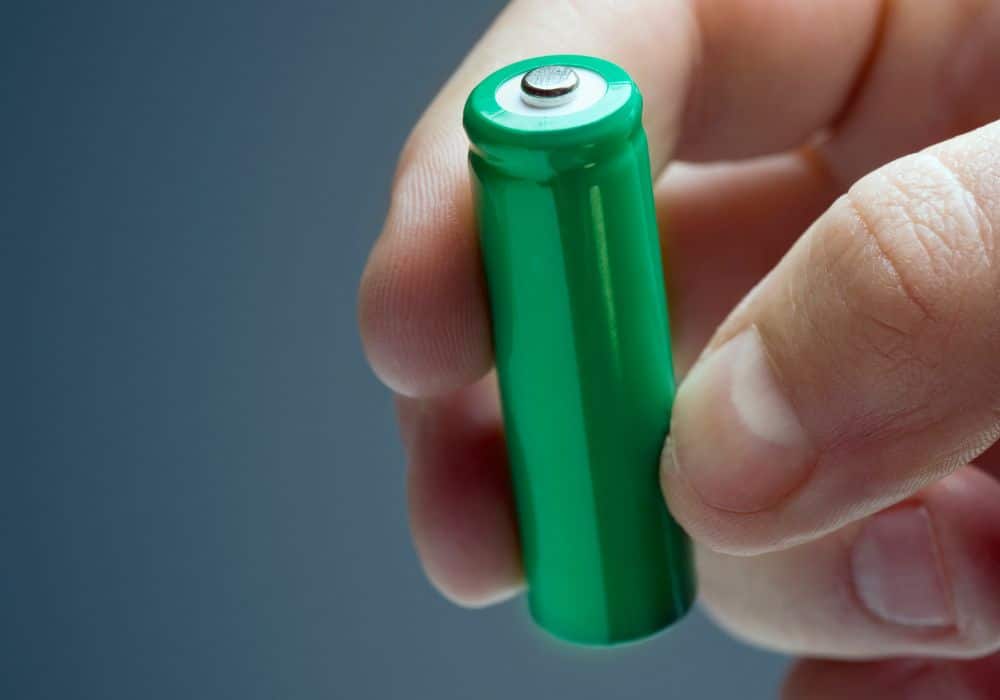
Nickel-based batteries were invented in 1899 and became commercially available in the early 20th century. Despite being one of the oldest types of battery, it remains one of the best-performing batteries at low temperatures to this day.
This type of battery utilizes electrodes made of nickel oxide hydroxide and metallic cadmium.
Compared to lead-acid batteries, NiCd batteries have a longer lifespan (~3000 cycles) and higher energy density (50–150 Wh/L). NiCd batteries are less affected by temperature than lead-acid batteries, but they are still impacted by both high and low temperatures.
Charge Rate
NiCd batteries are affected by extreme temperatures. You should charge this type of battery at about 0.01C at temperatures ranging from – 18°C to 0°C, and bump it up to 0.03C when temperatures are between 0°C and 5°C.
The charge efficiency of NiCd batteries is also influenced by higher temperatures. At 55C, it ranges from 35 to 40%
Capacity
The capacity of NiCd batteries drops with increasing temperature. At 45°C, it’s about 70%, and at 60°C it drops even lower, to 45% of the total capacity at optimal temperatures.
How Does Temperature Affect (NiMH (Nickel-Metal Hydride) Batteries
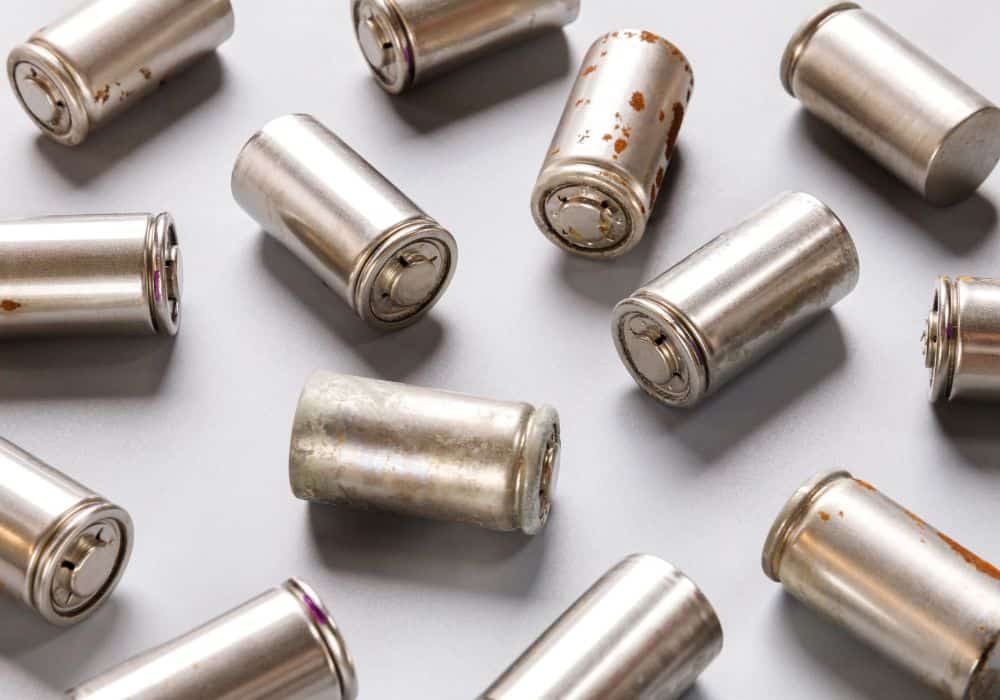
Nickel-Metal Hydride (NiMH) batteries were introduced to the market in 1989, and offer a plethora of benefits over more traditional NiCd batteries. Most noticeably, a much higher energy density (140–300 Wh/L).
They’re also much more environmentally friendly than NiCd batteries because they don’t contain toxic materials like cadmium.
However, NiMH batteries also have many disadvantages over NiCD batteries. Usually, they have a much shorter lifespan (150-2000 cycles) and are more expensive. NiMH batteries are usually used in portable electronic devices, such as cell phones, laptops, and digital cameras.
Charge Rate
The charge rate of NiMH batteries at low (– 18°C to 0°C) temperatures is similar to NiCd batteries, and it’s 0.01C, while it increases to 0.03C when temperature increases to a range of 0°C and 5°C.
At high temperatures, NiMH battery charge efficiency remains relatively the same as under the optimal temperature of 0°C to 45°C (32°F to 113°F). For example, the charge efficiency at 55°C is about 80%.
Capacity
Charge acceptance (i.e. capacity) of NiMH batteries closely follows that of NiCd batteries. The capacity drops to 70% at 45°C, and to 45% at 60°C. It means that NiMH batteries are more temperature-sensitive than NiCd batteries.
Conclusion
As you could see, the temperature can drastically alter the performance of batteries. The most important takeaway is that you should store, use and charge your batteries as close to room temperature as possible, and avoid charging lithium-ion batteries at temperatures below 0C.
If we left any unanswered questions, let us know in the comments!
